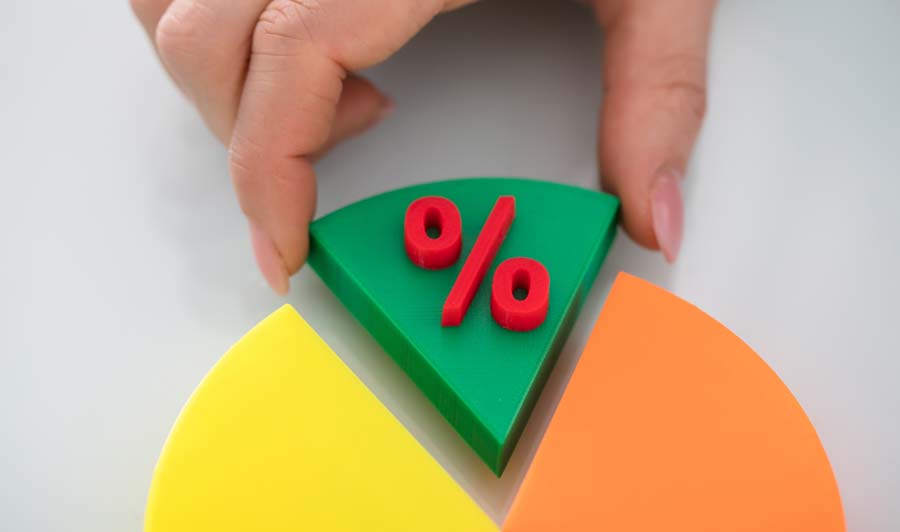Profit Margin Formula - Explained
The profit margin formula is a way of calculating what percentage of sales revenue remains as true profit, after all costs and expenses are accounted for.
Profit margin is also sometimes known as gross profit ratio or return on sales ratio. Obviously, the higher the percentage, the healthier the company. A low profit margin ratio suggests that a business is spending a relatively large amount of money for a small return, whilst a high profit margin shows that a relatively low spend yields a strong profit. The measurement can be a strong indicator of company efficiency, allowing managers to set performance targets, see when budget cuts should be made, or reassure investors that the business is thriving.
Because a percentage uses a scale of 100, this ratio neatly aligns with currency units such as dollars, pounds and euros, each of which comprises 100 cents or pence. A profit margin of 10% therefore demonstrates that a company receiving one dollar of sales has generated a profit of 10 cents, the remaining 90 cents of the dollar falling under costs rather than profit.

How do you calculate profit margin?
First of all, you need to have access to two figures: the net income, and net sales. If you have these already, simply divide net income by net sales to get your answer. But if you don't already have the two figures you need, you can work them out with the following steps:
Net sales = gross sales (every cent or penny received in sales) - any refunds or discounts
Perhaps your business doesn't distinguish between net sales and gross sales, though? If you only record confirmed sales at the price they are made, rather than recording full price and noting deductions and discounts, then you're already using net sales, so you have your figure there.
Net income = total revenue (all types of income) - total expenses (tax, labour, materials, marketing, debt repayments...)
Note that in the formula above, revenue can be synonymous with sales if sales of goods and services is the only source of income, but in some companies, there are further income sources - all of which combine to make the total revenue.
Net income is usually used interchangeably with the term net profit, also sometimes known as the bottom line, because it factors in every cent taken against every cent spent, and is therefore the most comprehensive measure of money made or lost.
The profit margin formula
Profit margin ratio = Net income / Net sales
Let's go through a couple of examples...
Example 1
Sue's Shoes took £150,000 in sales in 2018. Shoe sales make up all the revenue in the company, so the total revenue was £150,000.

However, refunds for faulty shoes and a January sale meant that £11,000 of that figure was negated.
Their net sales therefore came to 150,000 - £11,000 = £139,000
Their total expenses: factory costs, web hosting, postage, advertising, taxes etc. came to £78,000.
Their net income came to £150,000 - £78,000 = £72,000
To calculate the profit margin, Sue used the formula: Profit margin ratio = Net income / Net sales
Sue's profit margin:
£72,000 / £139,000 = 0.518 (51.8%)
Example 2
Frank's Bank took $1,200,000 in sales in 2018. Their investments returned a further $1,000,000 of revenue, making a total revenue of $2,200,000 that year.

$80,000 was issued in refunds to customers, so their net sales came to $1,200,000 - $80,000 = $1,120,000
Total expenses came to $900,000, allowing for web hosting, call centre staff, software engineers, and possibly even a few taxes.
Their net income came to $2,200,000 - $900,000 = $1,300,000
To calculate the profit margin, Frank used the formula: Profit margin ratio = Net income / Net sales
Frank's profit margin:
$1,300,000 / $1,120,000 = 1.161 (102%)
Give our profit margin calculator a try
Use our handy margin calculator to find out your own profit margin measurement, or try out some hypothetical figures to see how to better balance the books.
